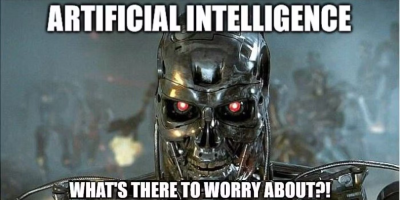Yankee Chronicler
REGISTERED
12 departments? That's mind-numbing.
Where I work, applicants have to first clear zoning. For things like clearly established "by right" applications like a new house, it's a simple zoning review to verify that the proposed plan fits on the lot within the setbacks. Major developments (subdivisions, large commercial buildings, etc.) go through planning to get site plan approval. Engineering, roads, and sewer are all part of the zoning process.
The comes the building permit. Plans have to be reviewed and approved by the building department, the fire marshal and (for certain uses such as restaurants) the health department. The building department receives the plans for the fire department and transmits them internally. Applicants never have to talk to the fire marshal unless they wish to do so.
Where I work, applicants have to first clear zoning. For things like clearly established "by right" applications like a new house, it's a simple zoning review to verify that the proposed plan fits on the lot within the setbacks. Major developments (subdivisions, large commercial buildings, etc.) go through planning to get site plan approval. Engineering, roads, and sewer are all part of the zoning process.
The comes the building permit. Plans have to be reviewed and approved by the building department, the fire marshal and (for certain uses such as restaurants) the health department. The building department receives the plans for the fire department and transmits them internally. Applicants never have to talk to the fire marshal unless they wish to do so.


